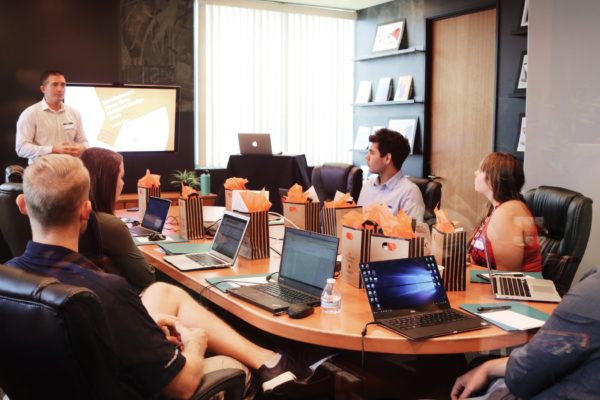Many supply chain industries have seen a significant demand to keep their shelves full and shipments moving. How can you do that without the right people? Many are just filling an open space, but what if you could do more and ensure that the quick fix is also a long-term gain.
Are you part of a supply company that has been forced to hire a lot of new employees to meet the emergency demands of our present economy? Despite your efforts, are you finding it hard to stay ahead of the demand and conduct the essential screening interviews to ensure you get the best workers? For many, the increase of hire is for an entry-level position, so the fast hire and quick fix seems to be the way to cope.
As an assessment supplier with 25 years’ experience, I lean towards assessing as a screening tool. Why interview someone you have no intention of hiring? It seems, in my experience, a lot of companies rely on a screening interview to assess the next steps before they pass on for further evaluation or rejection. Interviewing takes a significant level of experience and talent that not many of us are trained to do or excel at. Couple this with the 300+ biases of the human brain and there is the significant possibility that some good candidates don’t make the cut and some that should never have been considered do. This is costly for everyone.
Our working clients have found that a focus on judgment can pare down the pool of applicants to the top potentials you really want to spend your time evaluating. This saves time, money, and leads to hiring employees with excellent performance potential. Our judgment assessment is not a self-report screen, making it virtually impossible to game. The assessment is objective because it requires the potential hire to process information and come to a conclusion in a short period.
In this pandemic world, you need the ability to act fast and hire quickly, but at the same time limit the possibility of making bad hires and to know what your applicant will be like after the interview. The cost of an assessment screening is easily offset by not having to do a screening interview. It is that simple and it is more reliable.
Keep in mind we are reacting to the current situation, trying to provide the best solution for the immediate need. Hiring for high-performance team members well suited for the job, the culture, and management style is a different challenge, but should not be lost in the moment.
Find out how you can reduce some of your risk of hiring by using our judgment screen as a part of your process. Gain insight in ready time that will improve your long term outcome.
Let us show you a path to bettering hiring practices at a lower cost. Find a time to talk https://www.timetrade.com/book/BLVWM




